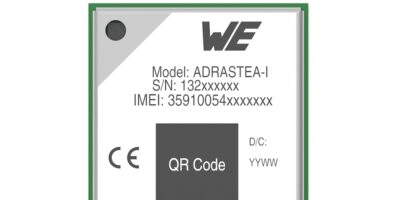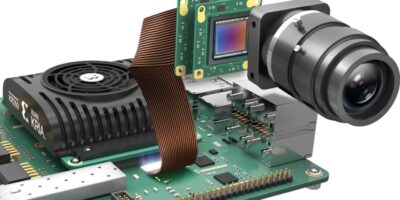Cybersecurity threats to Global Navigation Satellite Systems (GNSS) are addressed by Microchip Technology, with the introduction of an alternative time system that is traceable to universal co-ordinated time (UTC) and not dependent on GNSS. The Precise Time Scale System provides nations, institutions, critical infrastructure operators and scientific labs with complete control over the time source that their infrastructure depends on, said Microchip.
The integrated system is capable of providing timing accuracies comparable to the world’s best national laboratories, continued the company. It consists of a SyncSystem 4380A Time Scale Edition which generates an autonomous time scale derived from combining several independent clocks with a multi-channel instrument for measuring and comparing clock performance. There is also the Time Scale Orchestrator software providing a unified view with a built-in database that integrates the management, monitoring, alarming, and reporting functions of the individual products that form the time scale system.
Other elements in the system are the 5071A Cesium clock primary frequency standard and MHM 2020 active hydrogen maser. These atomic clocks from Microchip provide accurate and stable frequencies that are continuously measured against each other to compute and generate the ensemble time scale frequency.
The Precise Time Scale System integrates these in a turnkey system, available in a single rack and guaranteed by a complete factory acceptance test.
Microchip’s SyncServer S600 / S650 and TimeProvider 4100 time servers are integrated to provide Trusted Time to critical infrastructure using both network time protocol (NTP) and precision time qprotocol (PTP).
Randy Brudzinski, vice president, Microchip’s frequency and time systems business unit explained that by implementing an autonomous time source, “a nation can control and leverage time as a utility to safeguard critical infrastructure including its transportation, financial sector, communications and power utilities”.
Alternatively, for customers constructing their own time scale systems, Microchip’s time scale products can be purchased individually to provide core time scale functions, such as clock measurement and clock ensemble generation, along with system management, monitoring and performance reporting. The modularity allows timekeepers the ability to procure the system over time as budgets permit and technology evolves.
The Precise Time Scale System is designed to customer requirements.







